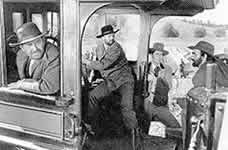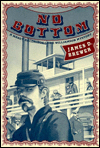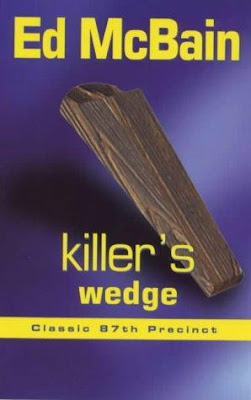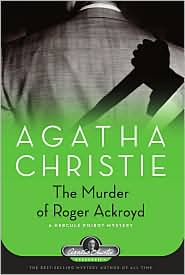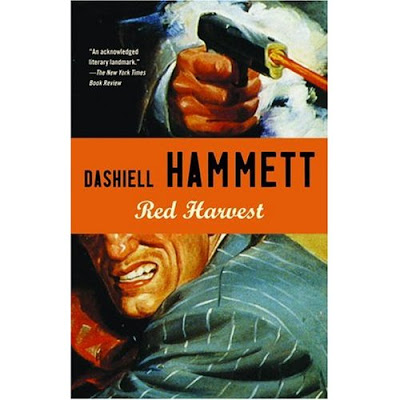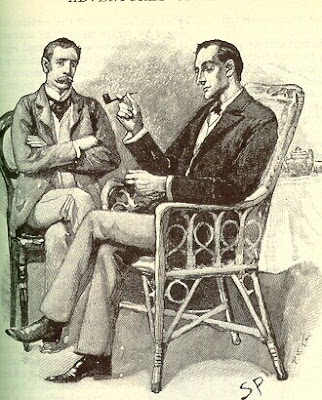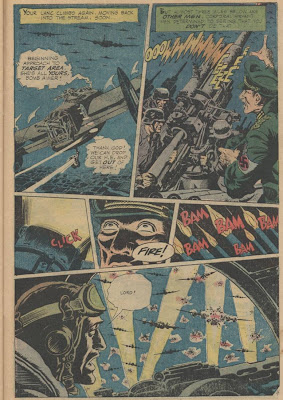
In April 1862, a Union spy named James J. Andrews and about 20 compatriots planned to steal a Confederate train (nicknamed "The General") in Georgia, then drive it north while burning bridges behind them. The idea was to disrupt vital Confederate supply lines.
Unfortunately for Andrews and his men, the stubborn efforts of a Southern conductor named William Allen Fuller got them all caught after a long chase through Georgia and Tennessee.
The historical raid is in itself a fascinating story of courage and determination. There's a pretty nifty web site here:
that gives a step-by-step account of the action. Check it out if you're interested.
We, though, will be concentrating on the two excellent (and in one case--classic) films that were inspired by the Raid.
The General (1927) might very well be the funniest movie ever made. Quite properly eschewing historical accuracy, The General takes the idea of a stolen train and a chase involving locomotives to set up some of the most innovative sight gags and physical comedy ever put on film.
Buster Keaton--the funniest man ever--plays the lead role. He's the General's engineer and when the Union raiders steal his beloved train (and inadvertently kidnap Keaton's erstwhile girlfriend), Keaton pursues them relentlessly.
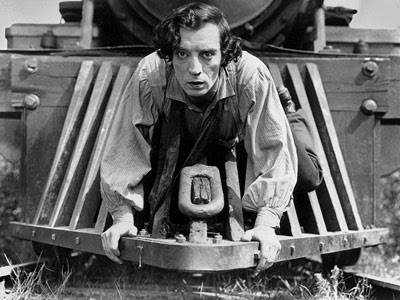
What follows is comedy heaven. Much of Keaton's comedy revolved around a sort of undeclared war between himself and an assortment of mechanical/inanimate objects. In The General, this theme is built upon magnificently. It literally doesn't get any better than this.
And the gags are all the funnier when you remember that these were done without any special effects. That's really Keaton on a real train that's really moving, really doing all that stuff.
Take a look at this clip from The General, which includes some interesting commentary.
In 1956, Walt Disney used Andrews' Raid as the plot for The Great Locomotive Chase, with Fess Parker as Andrews and Jeffrey Hunter as conductor William Fuller.
I once read that Disney made this film so that Walt would have a chance to himself play with the locomotives uses in the movie. I have no idea if this is true, but if it is, I sympathize with Walt entirely. The trains in this film are just plain fun to look at.

And the story is done well. The plot is a simplified but (for a movie) reasonably accurate recounting of the Raid. Parker (famous at the time for playing Davy Crockett) and Hunter are both very good in their roles and the story (which also includes the jail break attempted by the raiders after their capture) is exciting.
The Great Locomotive Chase is not the classic that The General is, but it is a good, solidly entertaining movie in its own right. The two films together actually make a fun double-feature, looking at two different ways of channeling a real-life event through the imaginations of creative film-makers.